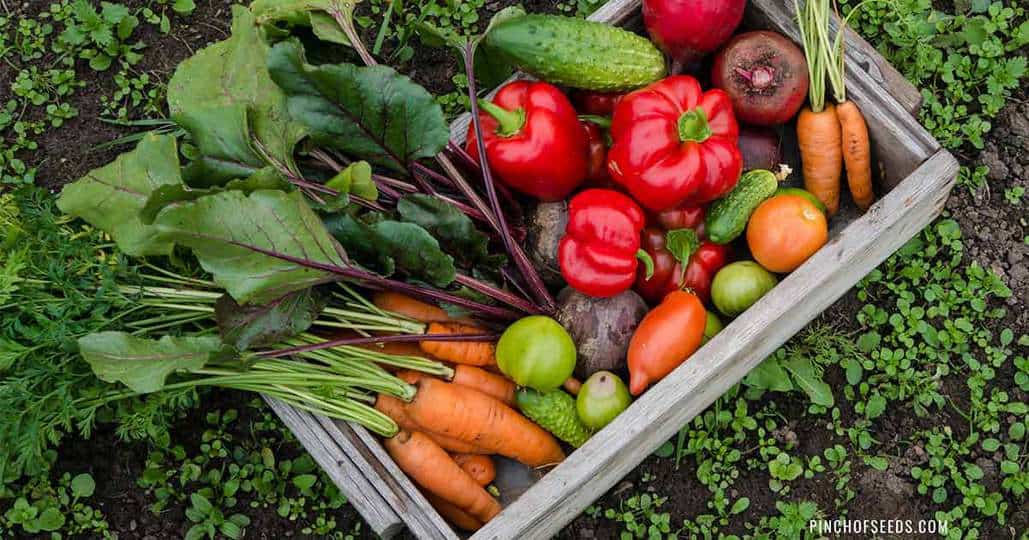As gardeners, we often assume that organic practices like composting, mulching, and using cover crops provide all the essential nutrients for our plants. However, micronutrients—such as manganese, boron, zinc, and iron—are also crucial, and sometimes, even the best gardening practices might not supply them in the right amounts. These trace elements are vital for plant health but are needed in minuscule amounts, making it easy to overlook their importance.
Boron Deficiency in Plants
One lesson I learned firsthand was about boron. One summer, my Brussels sprouts started showing signs of distress. After researching, I learned that boron deficiency is common in my area, so I decided to try adding boron to the soil. The results were immediate: within 24 hours of applying a borax solution (1 tablespoon of household borax dissolved in a gallon of water), the plants perked up. Their cupped leaves relaxed, the color returned, and they seemed to regain their vigor.
However, boron must be used carefully. While plants like broccoli, Brussels sprouts, and turnips benefit from boron, too much can be harmful to plants like beans, peas, and cucumbers. This became clear to me when I used borax to eradicate the invasive ground ivy in my garden. Although effective, this same treatment would have been disastrous for my peas. Therefore, knowing which plants respond positively to micronutrients like boron—and which don’t—is key.

Vegetables that benefit from boron:
- Broccoli
- Brussels sprouts
- Cauliflower
- Celery
- Kohlrabi
- Lettuce
- Radish
- Spinach
- Beets
- Turnip
Vegetables sensitive to boron:
- Beans
- Peas
- Cucumbers
- Pumpkins
- Squash
- Many small grains
Manganese Deficiency
Manganese is another important micronutrient that plants can absorb both through their roots and leaves. However, manganese deficiencies can occur in certain soils, especially those with high pH or when excessive lime has been applied to acidic soil. The typical symptom of manganese deficiency is yellowing between the veins of leaves.
Before adding manganese, it’s crucial to check the soil’s pH. Manganese becomes toxic in highly acidic soils (pH below 6.0). If manganese is needed, it’s often available in over-the-counter tablets or capsules, which can be dissolved in water and applied to the plants. A good starting point is to dissolve 50mg of manganese in 2 cups of water and spray it on a test plant.

Vegetables that benefit from manganese:
- Cucumber
- Beans
- Onion
- Peas
- Potato
- Radish
- Spinach
- Corn
- Beets
- Cereal grains
Vegetables sensitive to manganese:
- Broccoli
- Cabbage
- Kohlrabi
- Sweet potato
- Tomato
Overcoming Iron and Zinc Deficiencies in Alkaline Soil
In alkaline soils, or in soils high in phosphorus or calcium, plants can suffer from iron chlorosis. This condition causes yellowing between the leaf veins, particularly in new growth. Plants like tomatoes, peppers, beans, and members of the cabbage family are especially vulnerable. A quick remedy is applying chelated iron, which can restore the green color to affected plants.
Additionally, alkaline soil can prevent plants from absorbing zinc, which is essential for healthy plant growth. Zinc deficiency can be treated with sprays that combine both iron and zinc, especially beneficial for crops like citrus fruits, corn, and onions. Long-term, the best approach to supporting micronutrient availability is using organic matter like compost, which promotes the growth of soil fungi that naturally replenish the soil’s zinc supply.

Conclusion
While many gardeners focus on broad nutrients like nitrogen, phosphorus, and potassium, it’s important not to overlook the role of micronutrients in plant health. Good organic gardening practices help maintain healthy soil, but some plants require more specific micronutrients than others. By understanding and supplementing these trace elements, you can ensure your vegetables grow strong and healthy. Remember, a little goes a long way—too much of a micronutrient can be just as harmful as too little. Happy gardening!
